
ONE NIGHT AT THE STONEWALL INN
By Charles Apple The Spokesman-Review
It was a fairly routine police raid on a mafia-owned bar that catered to Greenwich Village’s carefully closeted gay and lesbian clientele. But a surprise raid, in the wee hours of the morning 50 years ago today, would lead to a week of skirmishes with police, rioting, protests... and the birth of the Gay Pride movement.
A PATTERN OF HARASSMENT
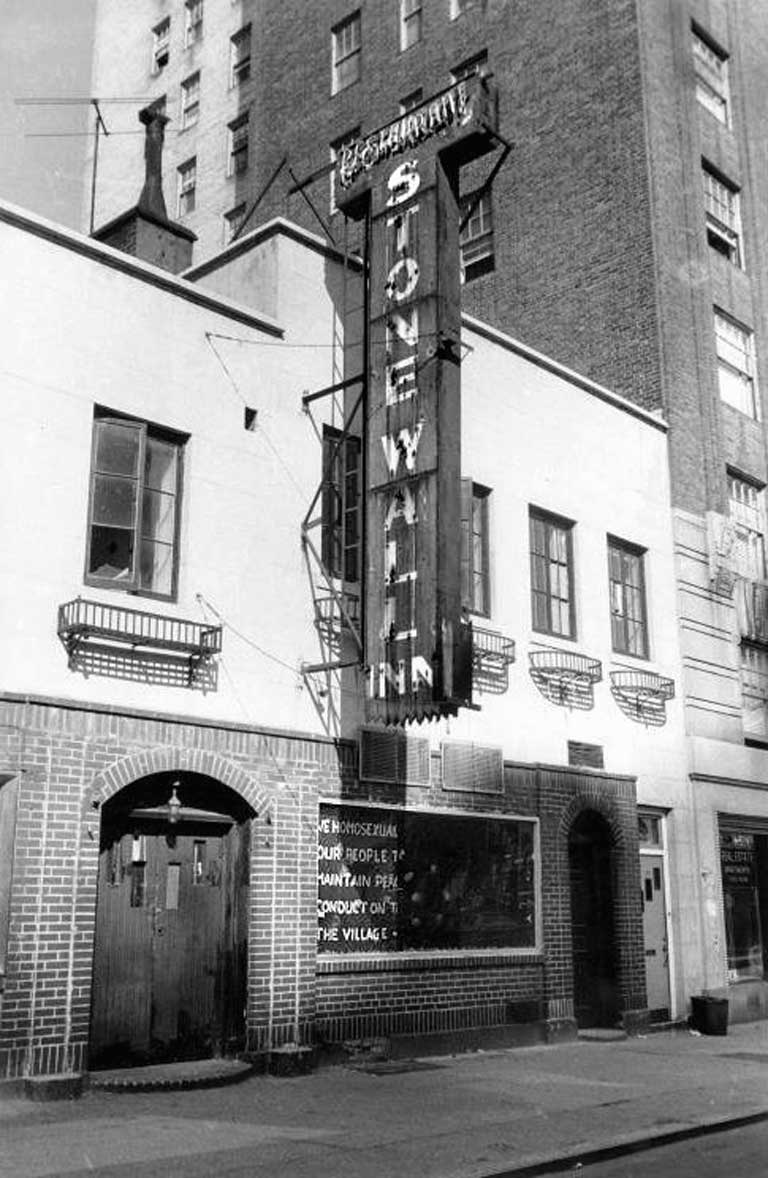
Even as late as 1969, gay sex was prohibited by law. As was any public display of affection by members of the same sex: Kissing, holding hands or even dancing. A half-century ago, gays and lesbians would hang out in private places — far away from the public eye.
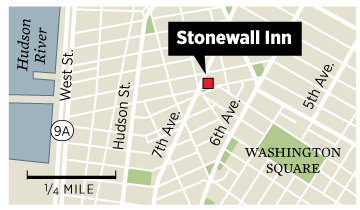
One such hangout was the Stonewall Inn, a quiet little bar In Greenwich Village. The mafia family that owned it kept local police bribed so the bar would be warned when a raid was planned.
And there was a raid on Tuesday, June 24, 1969. Employees were arrested and liquor was confiscated. It was nothing out of the ordinary.
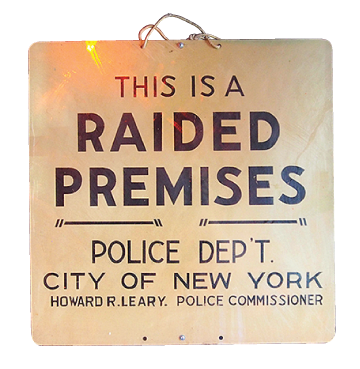
THE RAID
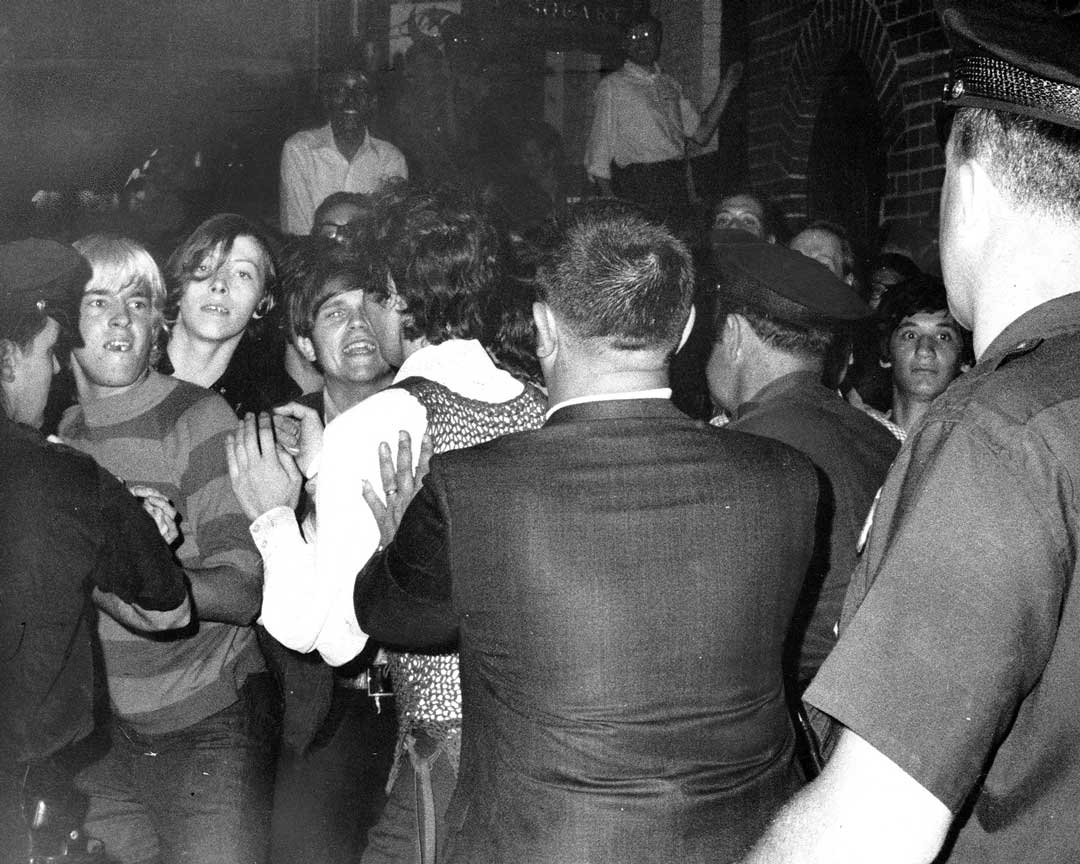
But employees and customers alike were surprised when eight plainclothes officers entered the Stonewall Inn four nights later and announced another raid. Police began arresting crossdressing patrons of the bar. A crowd grew outside on the sidewalk as police loaded patrons into their paddy wagon.
One woman complained her handcuffs were too tight. Police roughed her up and threw her into the van. That was too much for the crowd to take.
The crowd began yelling and throwing whatever they could find. Police ran for cover, barricading themselves inside the bar. A few members of the crowd broke off a parking meter and used it as a ram to bust through the door. A tactical unit — the term “SWAT team” was not yet in use — was called to deal with the growing riot.
THE NEXT FEW DAYS
Despite the violence and the mess, the Stonewall Inn opened as usual the next night. More gays and lesbians and their friends showed up to offer their support. Police also showed up again, with predictable results. Angry supporters would clash with police outside the bar on Christopher Street.
Fighting would take place, off-and-on, for several days. From time to time, police would beat protesters and use tear gas to disperse crowds.
It took a few days for local media coverage to catch up with events. When it did, it wasn’t very sympathetic to bar patrons or protesters.
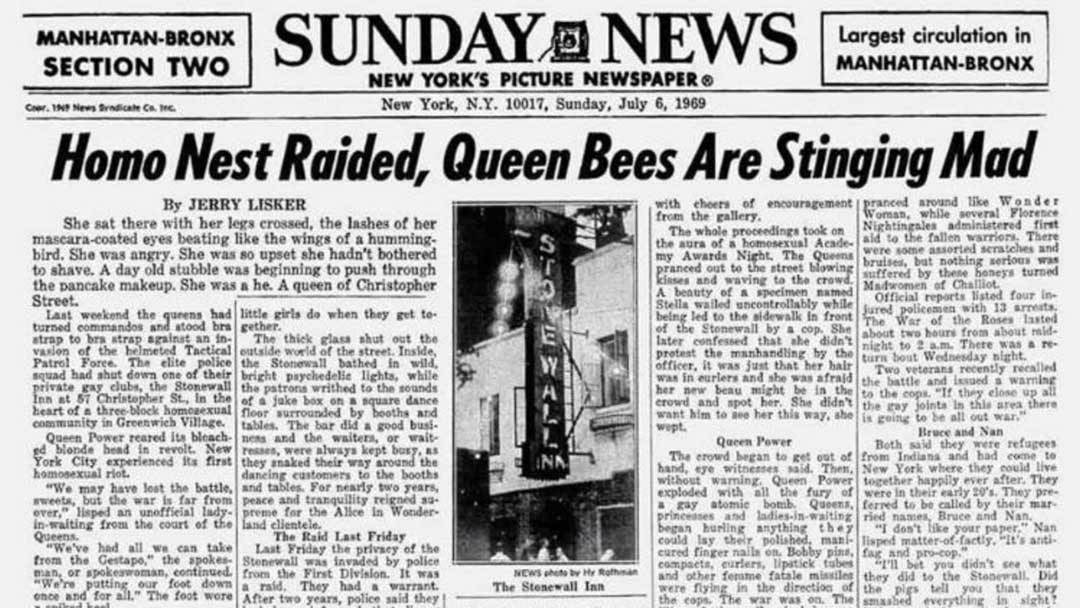
This headline in the New York Daily News resulted in a protest in front of the newspaper building. The Village Voice would run a similar unflattering headline.
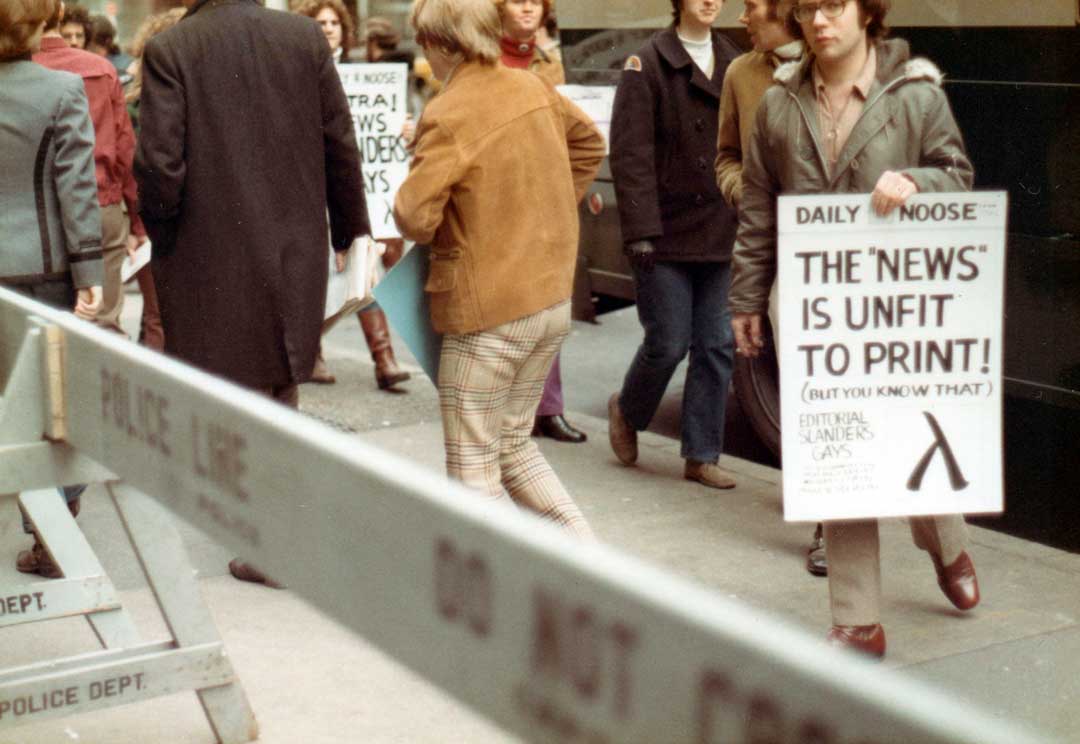
THE AFTERMATH
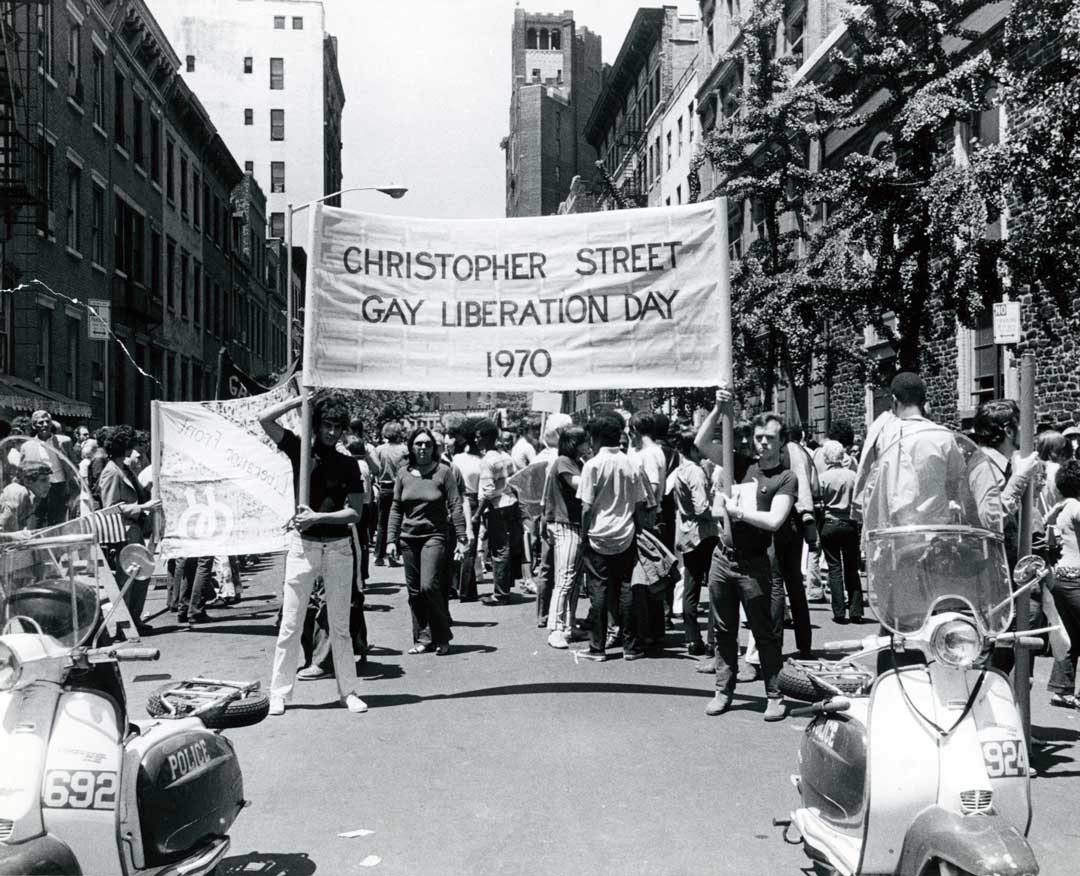
Eventually, tempers would cool. Unwilling to tempt fate again, the owners of the Stonewall Inn declined to sell liquor again. It was turned into a juice bar — which quickly failed. By October, the bar would be closed, its fame having destroyed its worth as a quiet hideaway.
Over the next two decades, the building at 51 and 52 Christopher Street would house a bagel shop, a Chinese restaurant and a shoe store. In 2007, the space would be renovated and reopened, once again, as the Stonewall Inn.
In the weeks and months after the events of June 28, 1969, gay activists around the country and especially in New York City took the opportunity to form organizations to foster pride in their communities — a tall order when staying in the closet was still important to many young gays and lesbians.
On the first anniversary of the raid in 1970, activists held the first Gay Pride march — starting on Christopher Street in front of the old Stonewall Inn and walking 51 blocks to Central Park. This time, coverage in New York City newspapers was more supportive. Since then, Gay Pride marches have been held every June in cities around the country.
THE RAINBOW FLAG
Nine years after the Stonewall Inn incident, the rainbow flag became the official symbol of the gay pride movement.
Gay activist and San Francisco political candidate Harvey Milk asked his friend, banner and flag maker Gilber Baker, to create something for the city’s 1978 gay pride parade. Baker originally intended each color to have its own meaning:
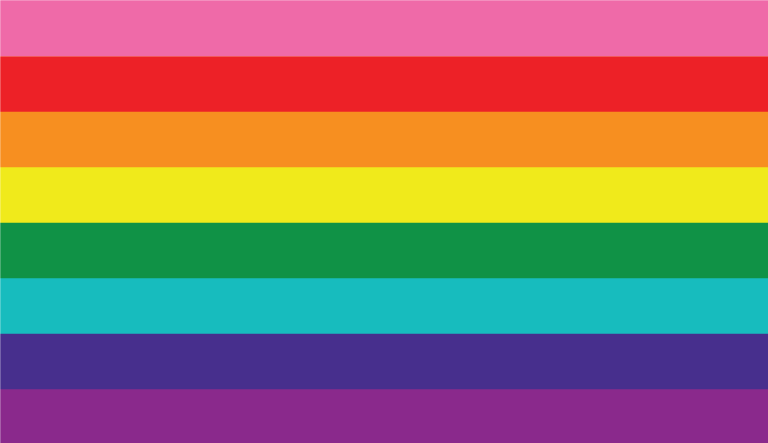
- Hot Pink: sex
- Red: life
- Orange: healing
- Yellow: sunlight
- Green: nature
- Turquoise: magic/art
- Indigo: serenity
- Violet: spirit
Baker would be forced to delete the pink stripe because of a shortage of material. The turquoise stripe would be dropped a year later so the flag could be split into two pieces for parade banners, giving us the current flag:

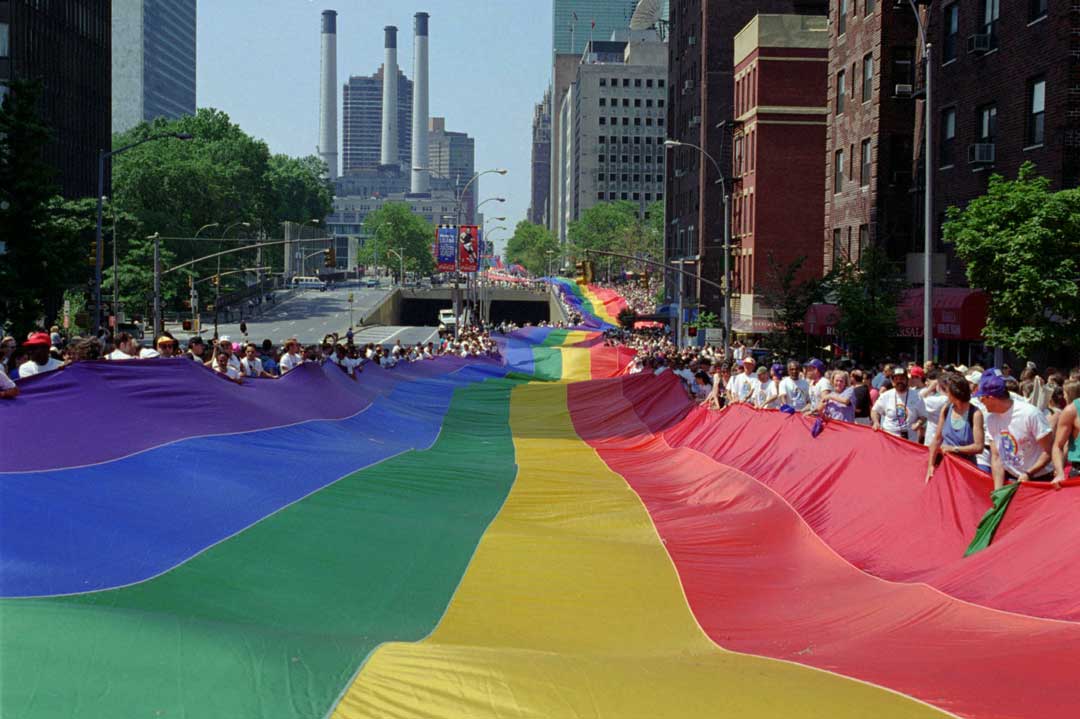
THE STONEWALL INN TODAY
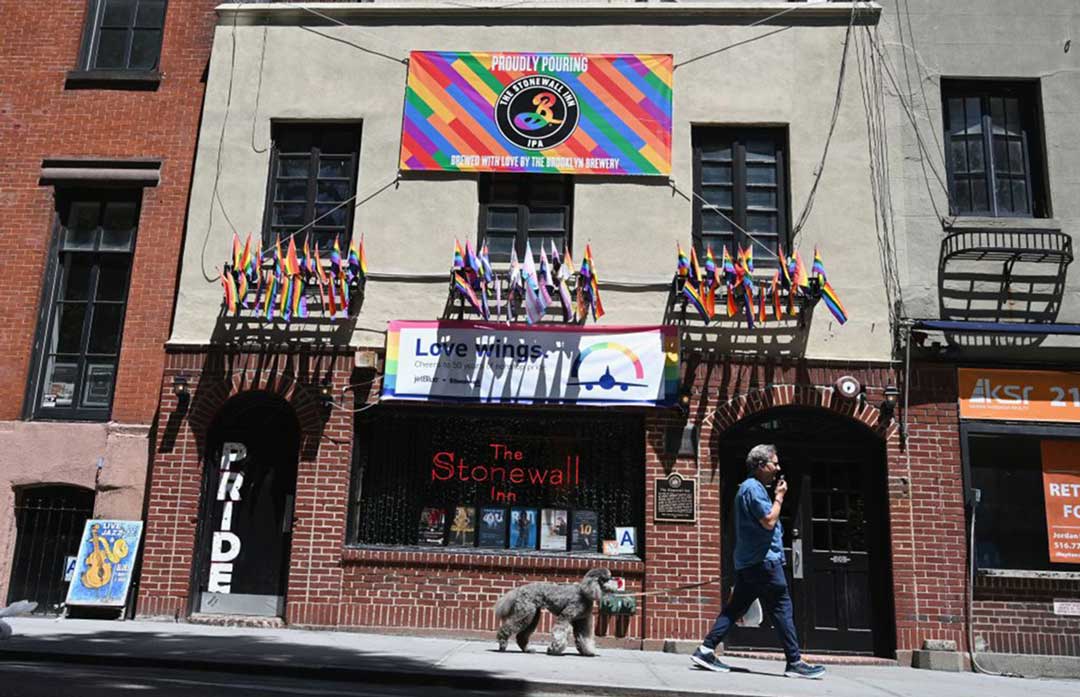
1994: The City of New York celebrates “Stonewall 25” with a march past the headquarters of the United Nations and into Central Park. An estimated 1.1 million people attend.
1999: The U.S. Department of the Interior places 51 and 52 Christopher Street and the surrounding area on the National Register of Historic Places.
2000: The Stonewall Inn is named a National Historic Landmark.
2009: President Barack Obama marks the 40th anniversary of the Stonewall incident to declare June to be Lesbian, Gay, Bisexual and Transgender Pride Month.
2016: Obama announces the creation of the Stonewall National Monument to be administered by the National Park Service. The Inn will remain privately owned but will sit on 7 acres of park property.